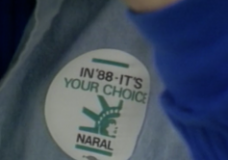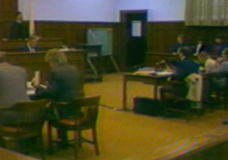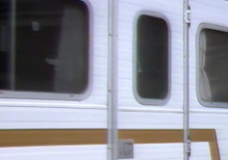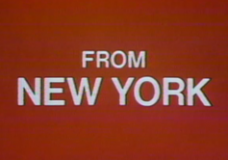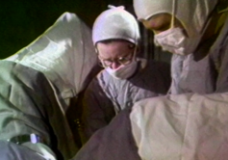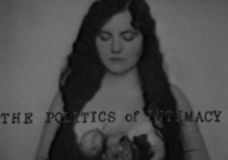Casting the First Stone
Set against the background of the Supreme Court’s historic decisions on women’s reproductive rights, this documentary looks at the abortion controversy through the eyes of six women activists on both sides of the barricades in Paoli, PA. CASTING THE FIRST STONE focuses on six women who regularly confront each other from opposite sides of the picket line. Three believe that abortion should be an inalienable right. The other three believe it constitutes murder. Shelley Miller, director of a Paoli, PA women’s health clinic, endures constant harassment from anti-abortion groups camped outside the clinic’s doors. Joan Scalia, a Catholic and mother of six, defies her husband to join the most audacious of these anti-abortion groups called Operation Rescue. Sharon Owens, a clinic counselor, minister’s wife and adoptive mother of three, is closer to the middle. She cannot decide when human life “begins,” but feels a religious obligation as a Christian “to be in the place where hard decisions are being made.” Chronicling the daily lives of these and other women, director Julie Gustafson visits anti-abortion blockades, counseling sessions, a visit with a young mother whom protestors persuaded to have her baby, and Planned Parenthood’s emergency board meetings following the Supreme Court’s 1989 Webster v. Missouri decision that allowed states to deny some of the protections set by Roe v. Wade. Appearances include Randall Terry of Operation Rescue, Bill Baird, a longtime pro-choice activist and Faye Wattleton of Planned Parenthood.
CASTING THE FIRST STONE makes clear that the conflict over abortion is not just political but also about the role and the rights of women in society. Clinic counselors, shaped by first wave feminist activism of the 1960s and 70s argue they are not promoting abortion but are “providing women with choices.” Other pro-life women reply, “You know what offends me about feminists? They say they are speaking for me.”

